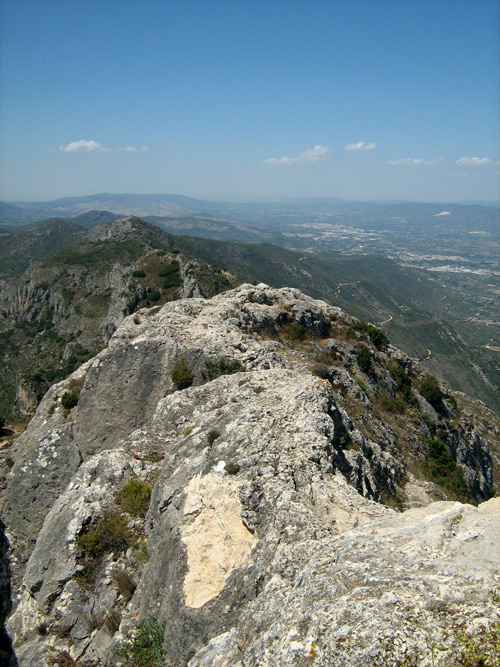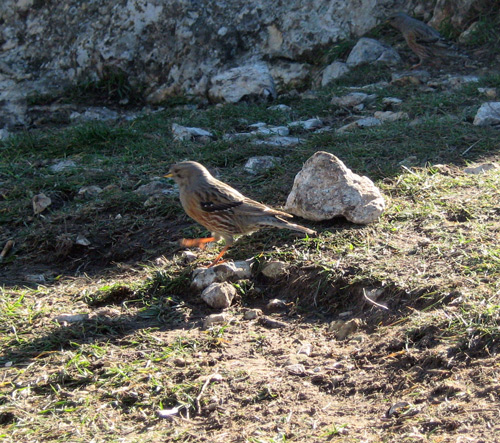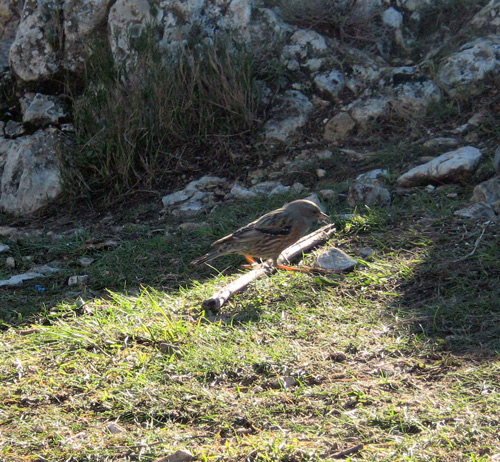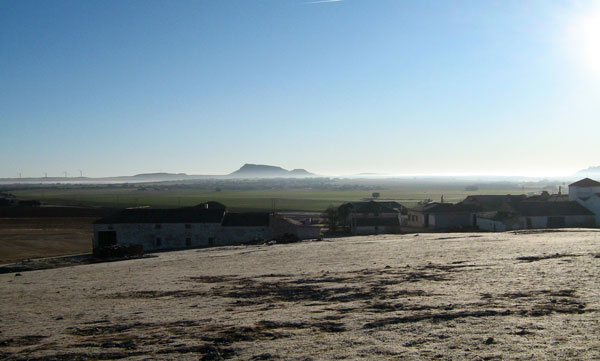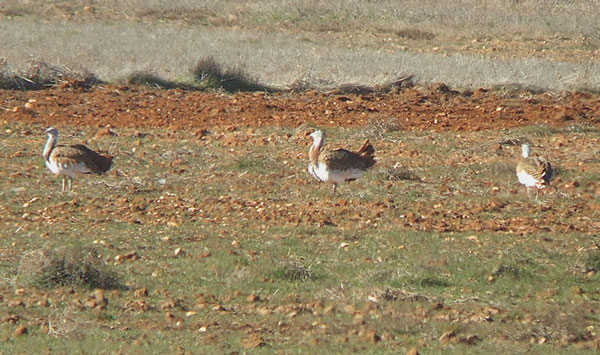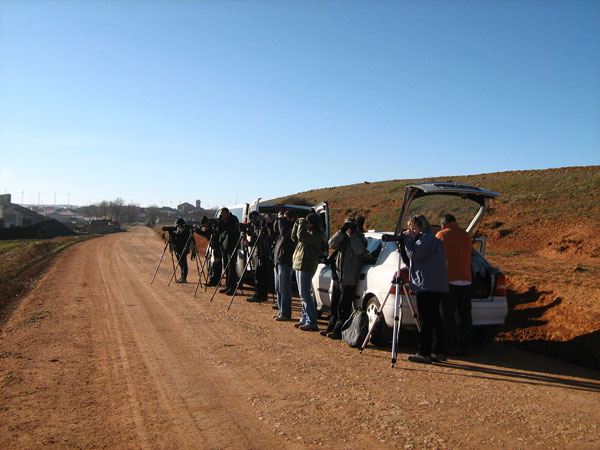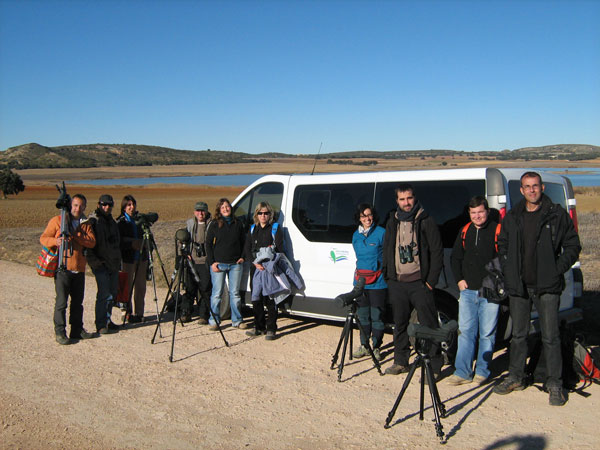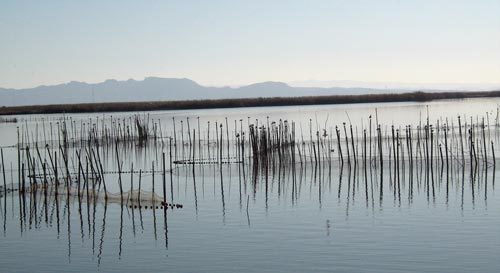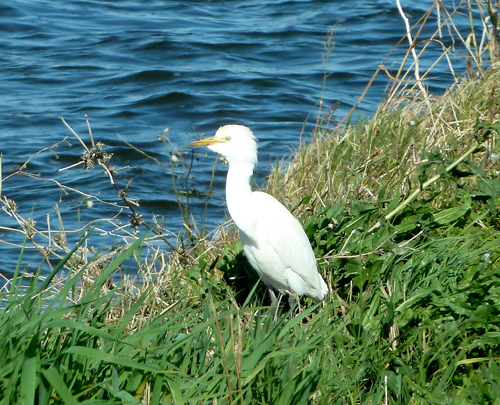As it´s the time of year
when thoughts are turning to the warmer months ahead and of holidays in
the sun, we´re all thinking of how we can maximise our precious free
time and of course value for our hard earned cash.
These days, more people are opting for a vacation that provides the
opportunity to enjoy outdoor activities rather than just a beach holiday
or sight-seeing trip. However, it´s often the case that to indulge in a
favourite hobby whilst away, one has to opt for a specifically
organised activity holiday. Here at Valencia Birding,
we recognise that such a holiday may not suit all members of a family
or party and therefore aim to provide our clients with absolute
flexibility and superb value for money.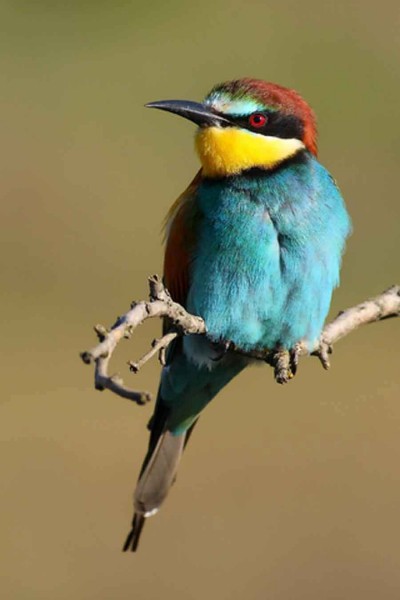 |
| The stunning Bee Eater is a regular summer visitor to Valencia. |
We offer anything from a full week of
Guided Bird Watching for groups of up to 8 people, inclusive of
accommodation to a day trip that can be arranged for a couple or
individual who happen to be holidaying in Spain and quite fancy a Guided
Bird Watching trip as part of their other plans. Increasingly, we´re
finding that our clients are opting to combine a day or two Guided Bird
Watching with a city break to Valencia or a beach holiday on the Spanish
Mediterranean Coast.
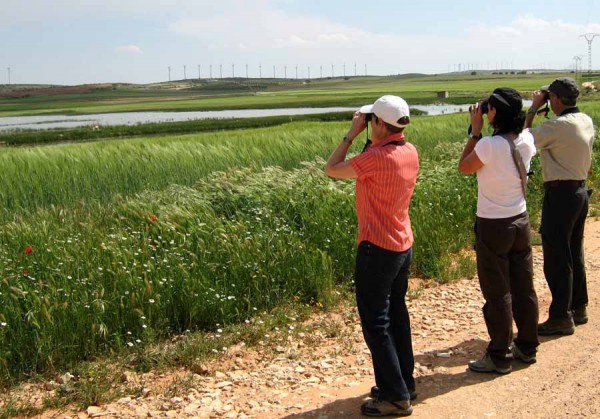 |
| Guided Bird Watching for Groups of all Sizes |
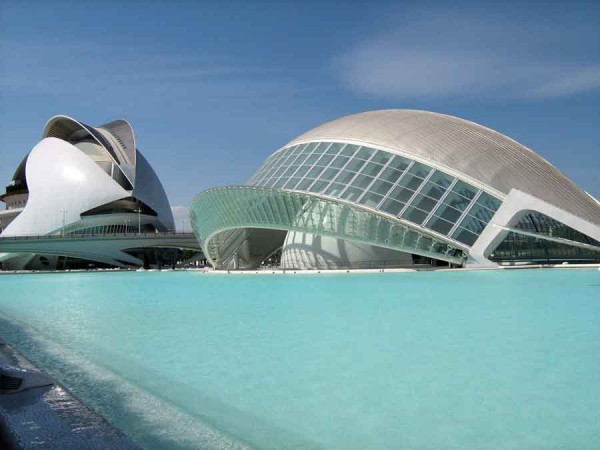 |
| The City of Arts & Sciences, Valencia |
Our local area of La Drova is situated in the mountains at a height of 1,200 feet above sea level. The surrounding mountain views are breathtaking and the peaceful location makes it ideal for nature lovers. For those who enjoy the beach life, Gandia´s Blue Flag Award winning beach is only 20 minutes drive away, as is the cosmopolitan town centre. Channel 4´s A Place In The Sun visited recently and were amazed to find such a well kept secret!
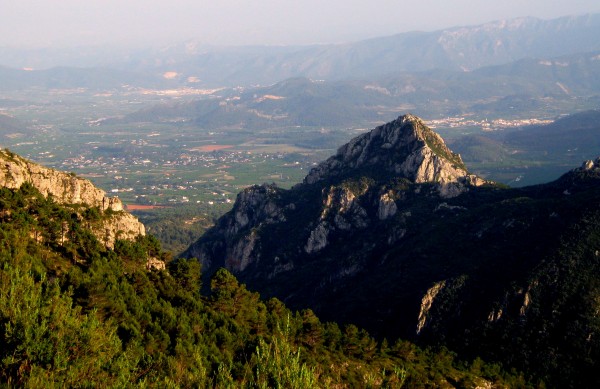 |
| Views from our home base of La Drova |
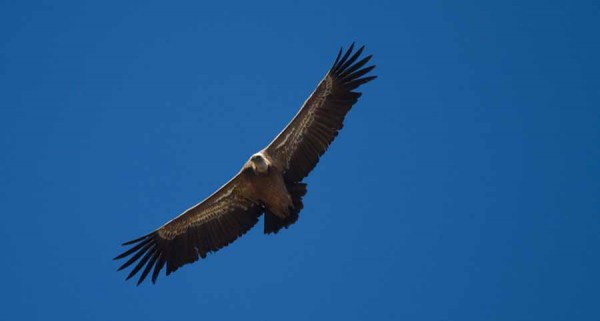 |
| The Griffon Vulture breeds on the high mountain crags of Valencia |
Visit www.ValenciaBirding.com
Email naturetrailspain@gmail.com
Call 0034633117310
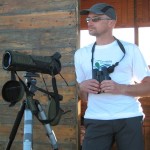
David Warrington
Bird Watching Guide at Valencia Birding.
